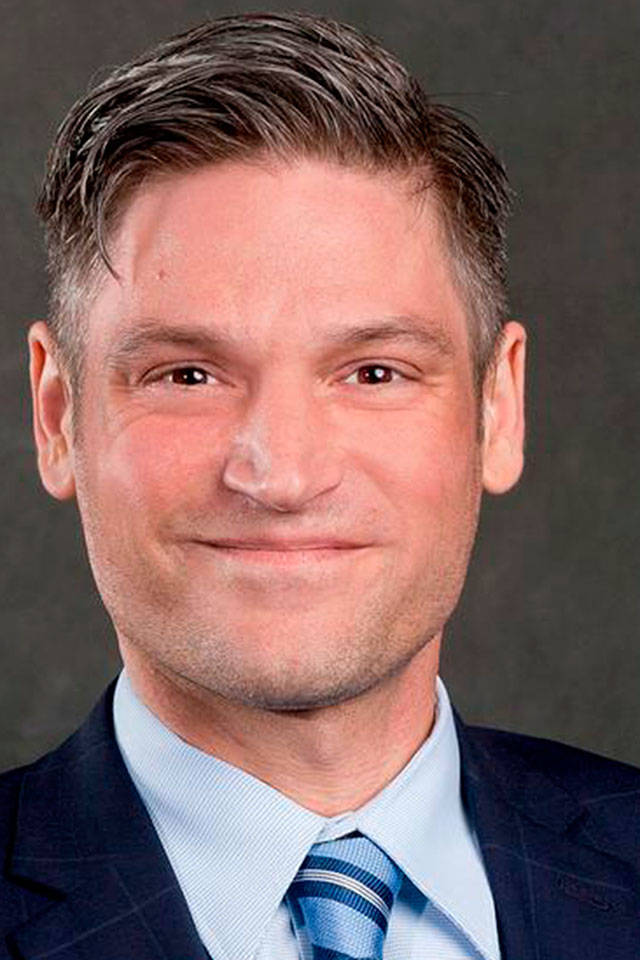Mr. Kundu’s May 22 editorial certainly caught the attention of global warming disbelievers. Mr. Van Ginhoven and Mr. Reid were quick to challenge his position, claiming that scientists were far from unified in agreeing that global warming stems from human activity. But citing some number of scientists that supposedly disagree is like war-time body-counts that sidetrack the reasons behind conflicts. Dwelling on how many voices stand for or against global warming obscures the actual issue.
Further, this business of counting scientists stretches reason. How is it that when every recognized scientific journal and society endorses the existence of global warming, the other side can claim the support of a majority of the scientific community? Number-bending didn’t work when Hillary erroneously claimed a majority of the popular vote and it shouldn’t work here.
On one side of the argument are the American Geophysical Union, the World Meteorological Organization, the National Academy of Science and other reputable professional organizations. On the other side are the Cornwall Alliance for the Stewardship of Creation, the Competitive Enterprise Institute, the American Petroleum Geologists and others.
A quick inspection of the two rosters shows one to be concerned about a global issue while the other is fighting to protect its turf. One has nothing but professional standing at stake while the other has vast industrial assets at risk. One is looking out for future of the planet while the other is spooked by potential loss of “life as we know it.”
The nay-sayers point to historic rhythms of the planet’s temperature and it is true that ice ages come and go with some regularity, as do hot spells. Fossil records and ice-cores tell us that it takes some thousands of years to move from cold to hot or visa-versa. If charted over eons, rising and falling temperatures become a planetary pulse, beating ever so slowly.
Scientists view ups and downs of temperature much as my cardiologist sees the trace of my pulse on an EKG. So long as each beat of my heart looks like all others, he gives me a clean bill of health. But should my heart’s regularity by broken by a sudden spike on the graph, he takes it as reason to suspect that something might be awry.
So it is with graphs of periodic planetary warmings and coolings. When cycle after cycle are compared, one atypical leap — a radical steepening of the rate of warming showed up that coincided in time with the industrial revolution. A blip, but a very significant blip. Nothing else like it can be found in records covering millions of years.
What this means to each person depends on how they think. Some people’s thinking-style can be typed as incremental. If they have a can of white paint, they may shade it toward blue by adding increments of blue pigment. Each drop of blue changes the hue ever so slightly.
This sort of thinking works with cans of paint but not with earth-issues like the Grand Banks cod fishery. Fishermen thought continued mining of dwindling stocks of fish would thin out the remainder degree by degree. One more increment of catch would cause an incremental loss to the fish population. A line on a graph of fish population would decline steadily. Actually it crashed, not to recover after thirteen years of closure. Nature is full of examples like that. Push a system too far and it collapses.
Should the demise of a cod fishery somehow signal a warning about global warming? Not at all, but it does warn us that nature’s systems can’t survive continued abuse. About global warming, we do know for certain that life species and geophysical processes react to temperature change.
The scientific community predicted that a first effect of global warming would be extreme events in weather and climate. Can we take our record snow-pack, record-breaking chilly spring, tornadoes, floods, hurricanes and droughts as proof? What we do know is that if one part of the planet suffers extreme dryness, wetness, cold or heat over some years, some life forms will suffer or possibly die out, causing change elsewhere. All things are connected.
Nay-sayers and incrementalists charge that the global warming camp acts rashly. Czech president Vaclav Klaus wrote, “The largest threat to freedom, democracy, the market economy and prosperity at the end of the 20th and at the beginning of the 21st century is no longer Communism. It is instead, the ambitious, arrogant, unscrupulous ideology of environmentalism.” Klaus has yet to find a European head of state who agrees with him.
Global warming believers aren’t happy that critics paint their cause with a narrow brush. They recognize the issue as broader than temperature change. They recognize that the agents of warming, especially combustion, lead directly to acid rain, rampant respiratory disease and even chemical erosion of ancient monuments. The bill for all of this is tremendous, but because it sneaked up on us so stealthily we haven’t looked back to count the cost. It is certain though, that some of the cost of controlling global warming would be offset by reduced negative effects.
Is global warming really driven by human activity? The evidence leaves me 90 percent certain which is enough to keep me from contributing to offenses that might push planetary systems toward collapse. It is a matter of conscience.
Comments may be addressed to: rgraef@verizon.net







